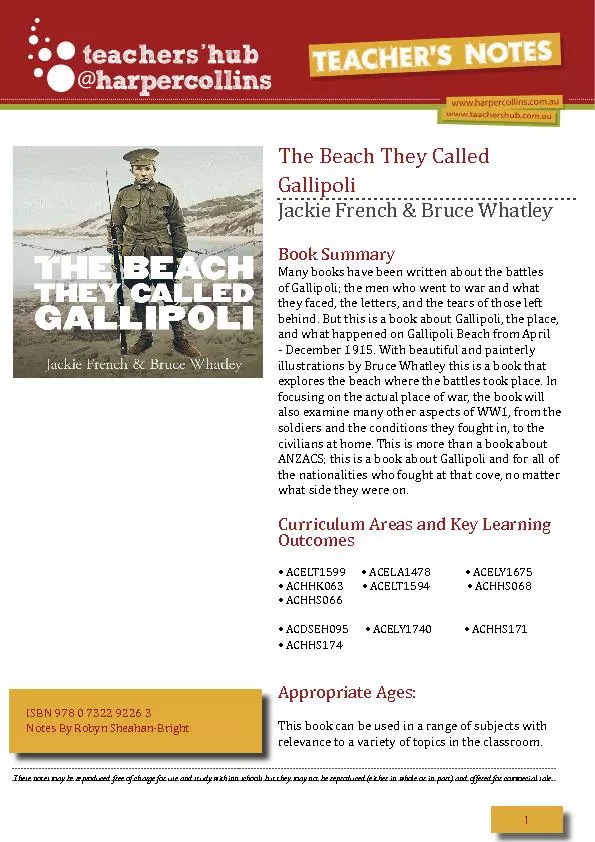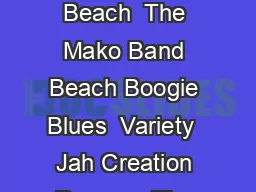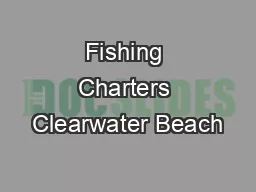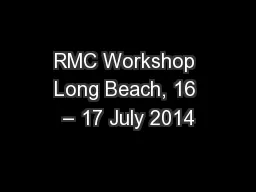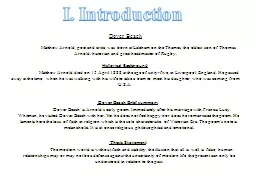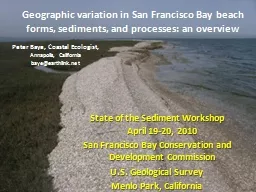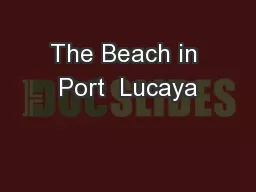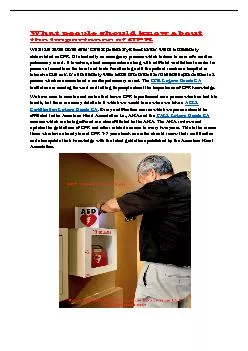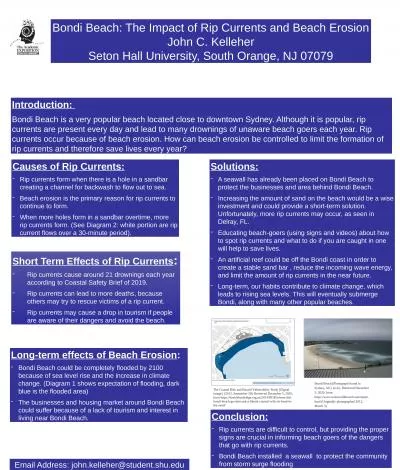PDF-The Beach They Called
Author : karlyn-bohler | Published Date : 2016-05-18
Gallipoli Jackie French Bruce Whatley Book Summary Many books have been written about the battles of Gallipoli the men who went to war and what they faced the letters
Presentation Embed Code
Download Presentation
Download Presentation The PPT/PDF document "The Beach They Called" is the property of its rightful owner. Permission is granted to download and print the materials on this website for personal, non-commercial use only, and to display it on your personal computer provided you do not modify the materials and that you retain all copyright notices contained in the materials. By downloading content from our website, you accept the terms of this agreement.
The Beach They Called: Transcript
Download Rules Of Document
"The Beach They Called"The content belongs to its owner. You may download and print it for personal use, without modification, and keep all copyright notices. By downloading, you agree to these terms.
Related Documents

